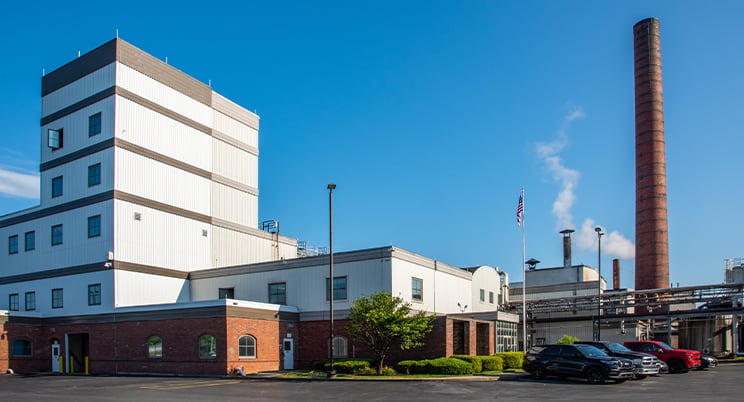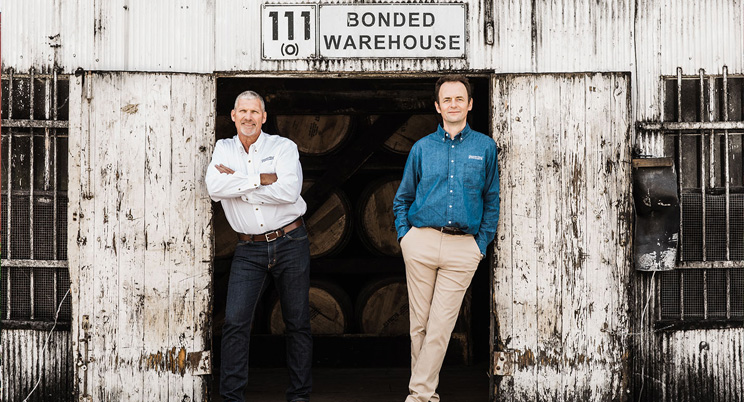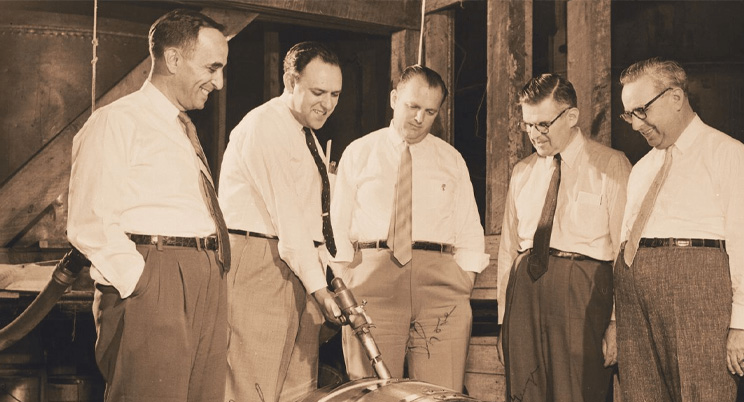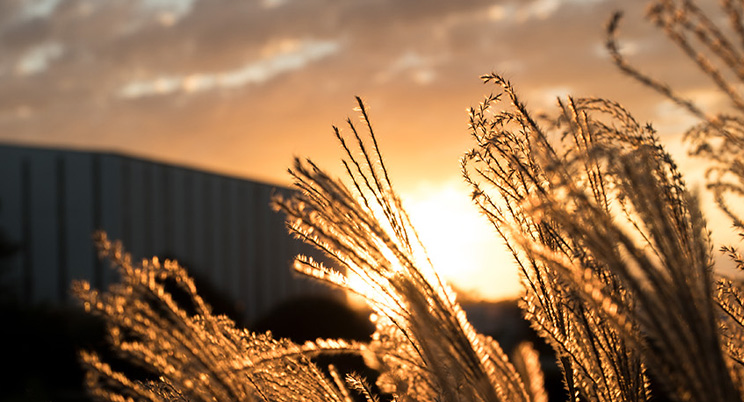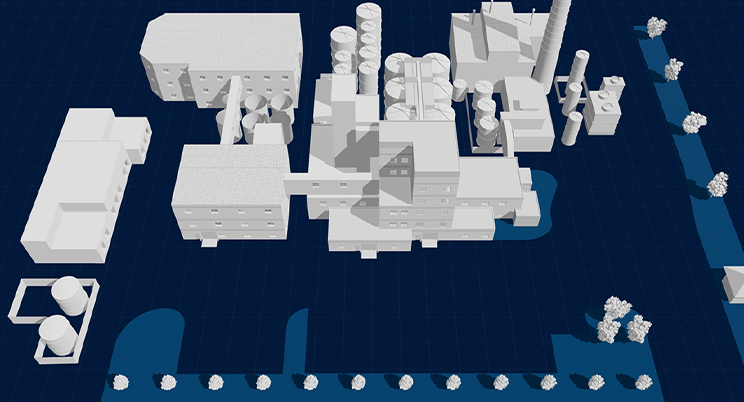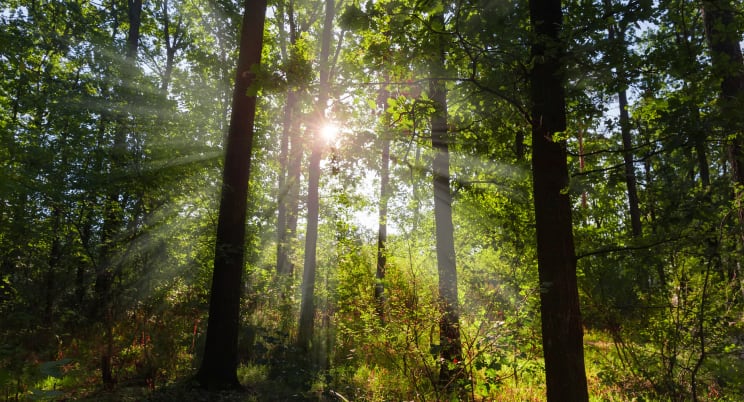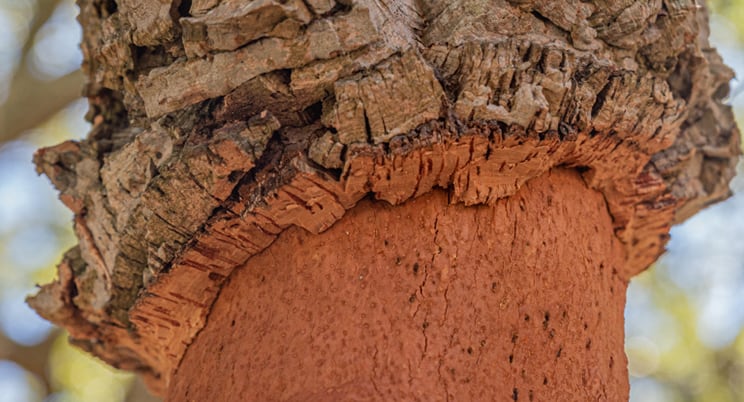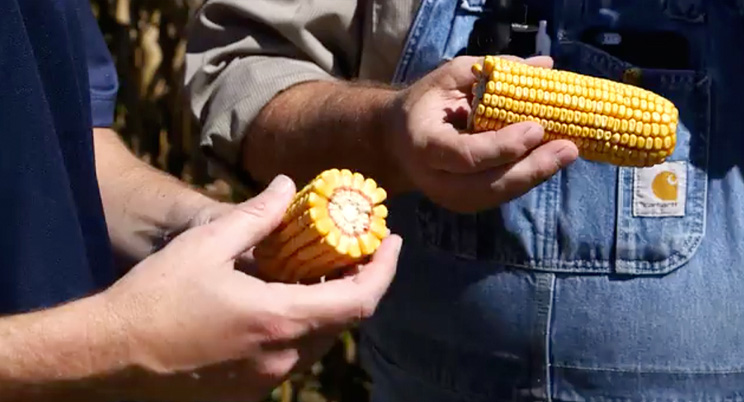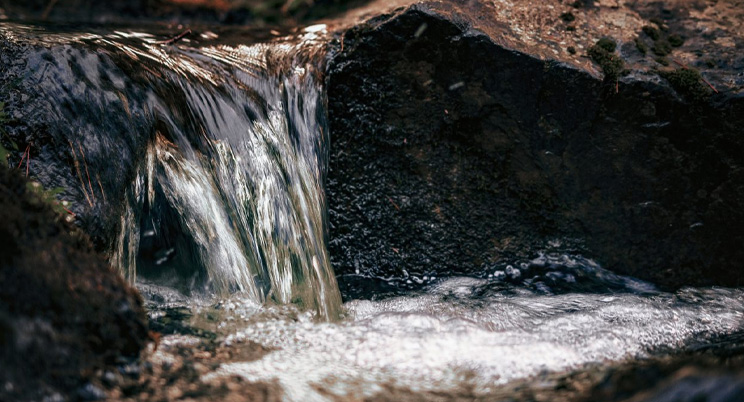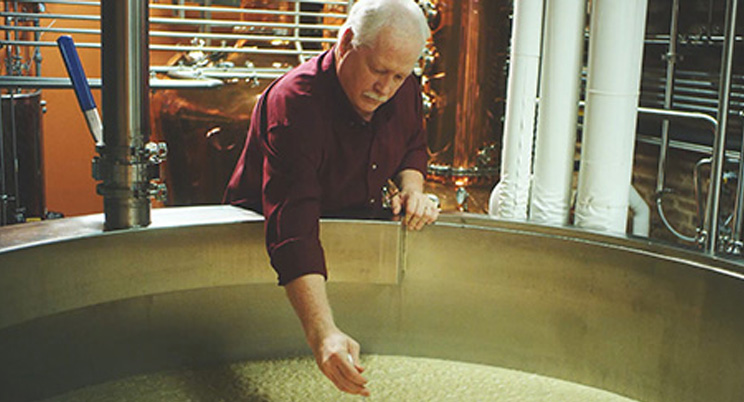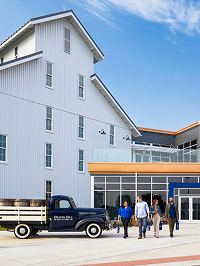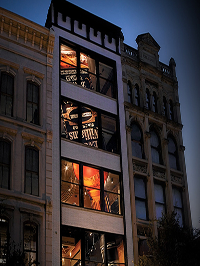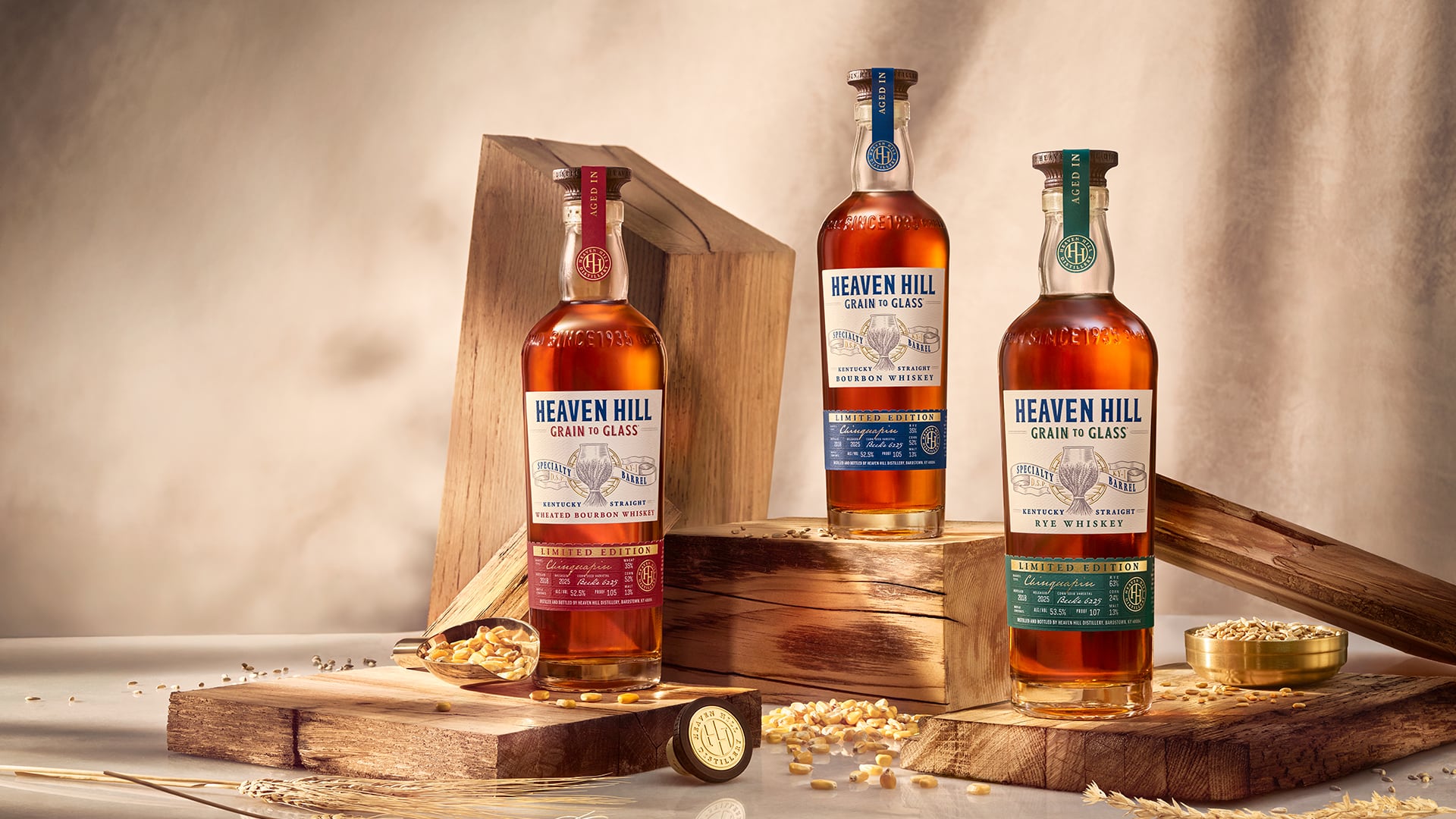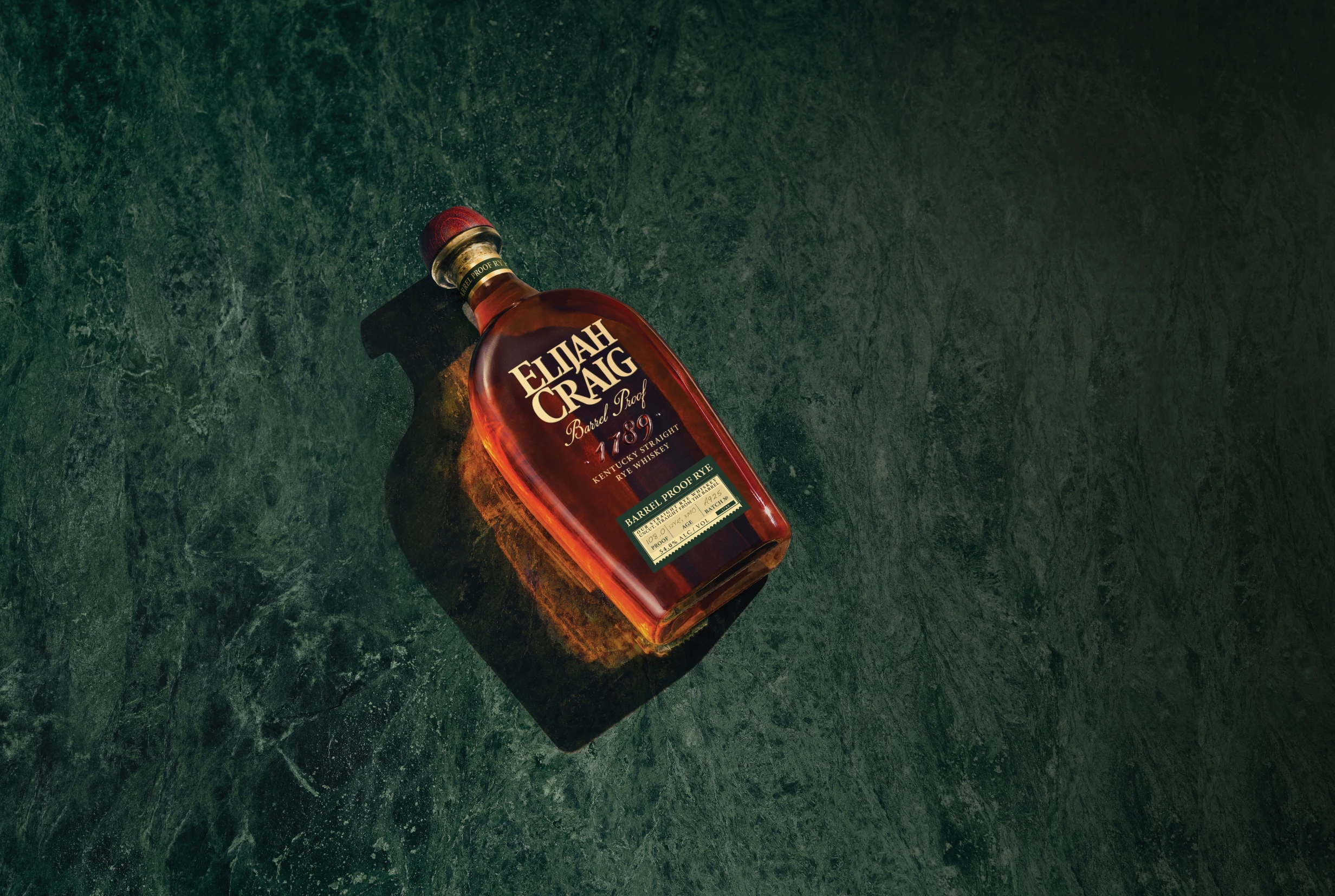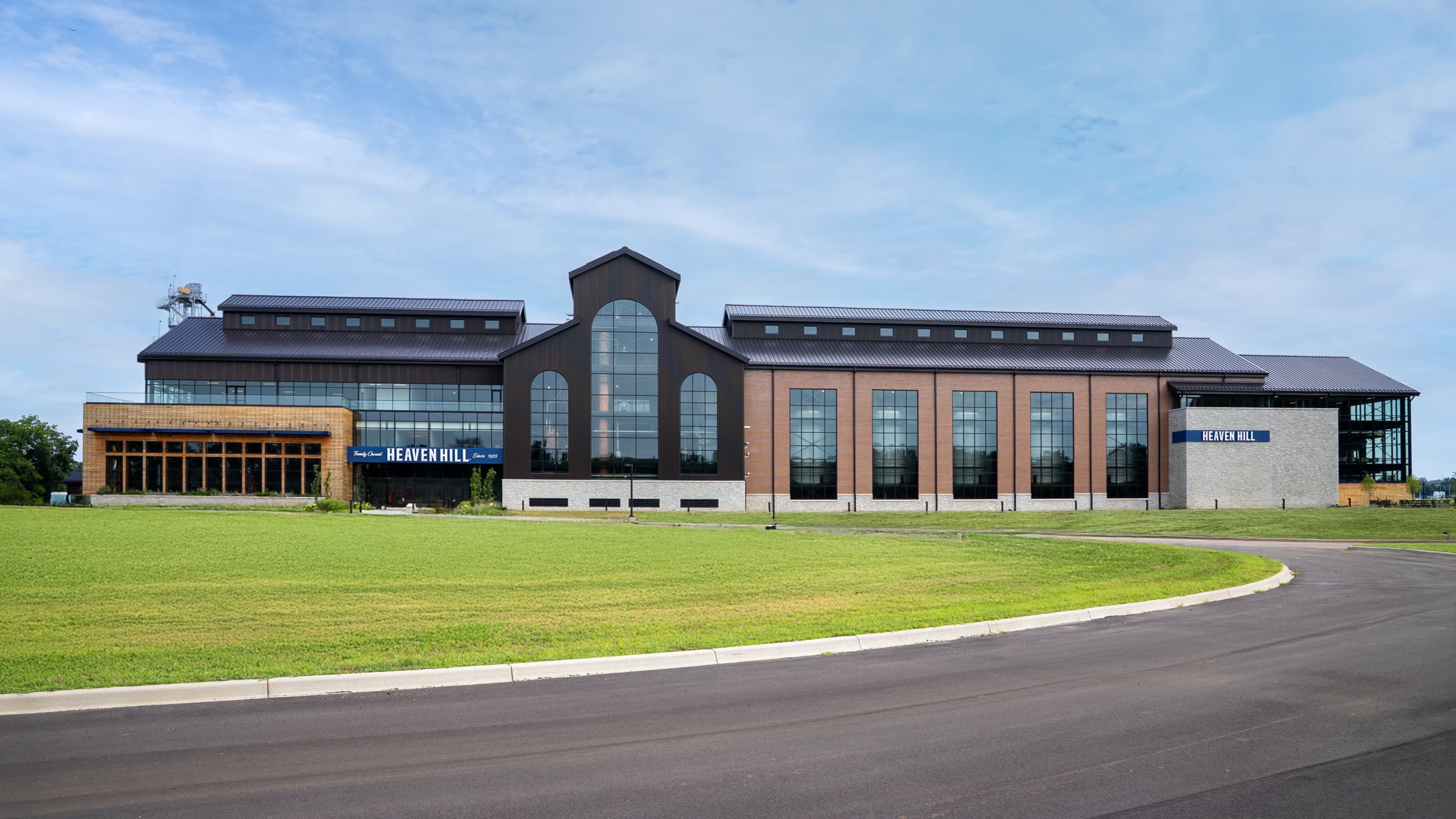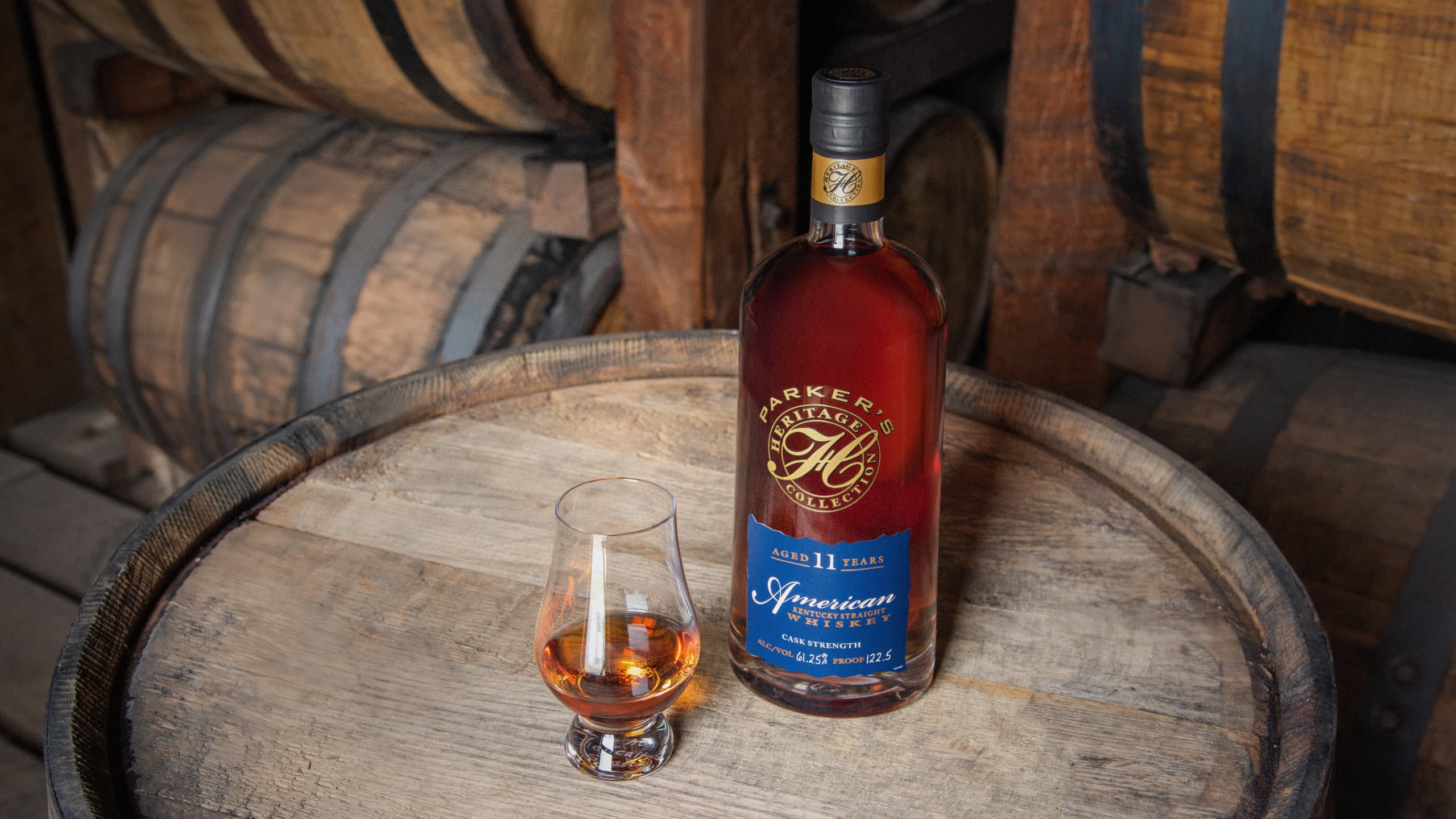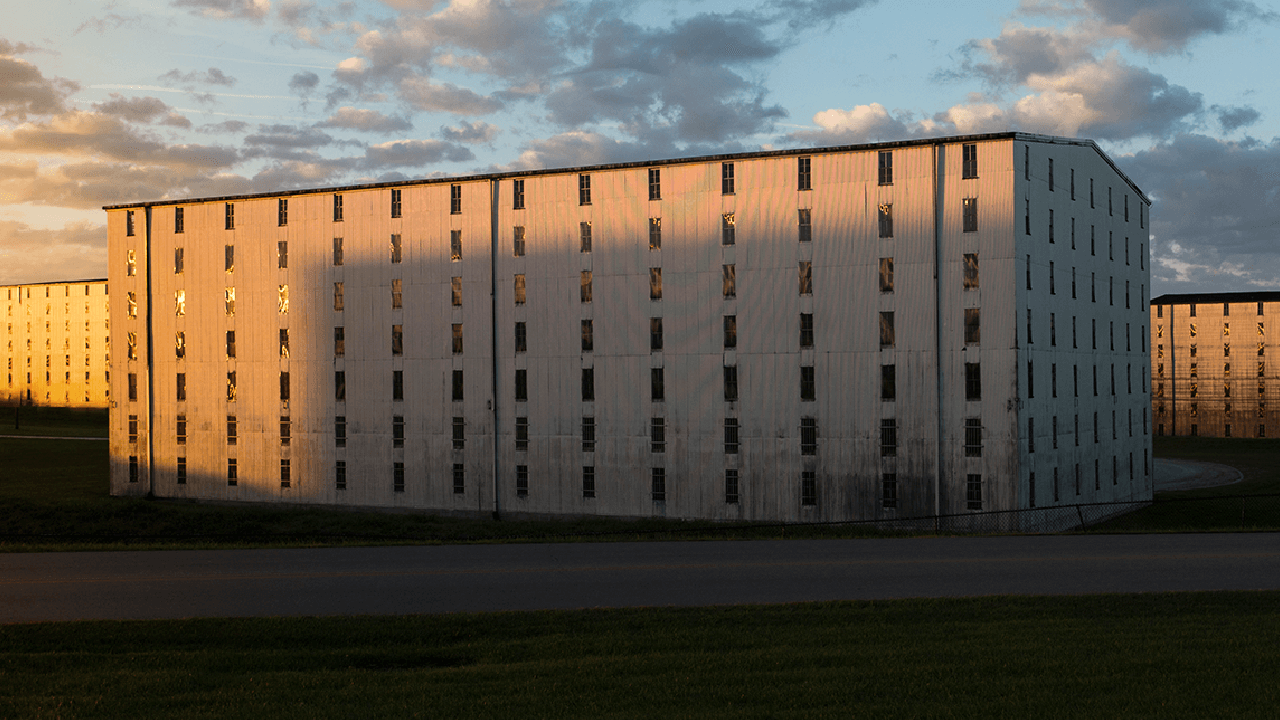One afternoon, about three years after the first barrels were placed in the rickhouses at Cox’s Creek Barrel Preserve, Mike Sonne was making a routine quality check on the whiskey. Sonne, a veteran process engineer and expert taster at Heaven Hill, had been excited by how well these barrels were aging, and wanted to gauge the continued maturation of the whiskey. He requested a crew pull samples from barrels on the first, fourth, and seventh floors, and sipped.
He was more than pleased.
“In only three years, the maturity those whiskeys were showing was impressive. Like, really, really good.” said Sonne. To ensure his palate was accurate, he left the sample bottles on the desk of colleague Tawnie Gootee, quality assurance specialist and another member of the expert tasting team.
“I didn’t tell her my opinion of them, I just said they were three years old,” Sonne continued. “Later that day she texted me back and said only, ‘WOW.’ She confirmed what I knew: that the new rickhouses were already having a huge positive impact on the whiskey.”
Because the common seven-story, open-rick rickhouse has worked so well for decades, little about the structure has changed over the years. Its design allows cooler ground-level air to be drawn into and through the bottom floors of the building, then pulled upward through higher level and exit at the top. This is a process of convection, and the motion is assisted by roof vents and open windows that strengthen the vertical stream of warmer air. As Parker Beam, our legendary Master Distiller used to say, “When you have good airflow, you get good Bourbon.” There was never a need to change what worked.
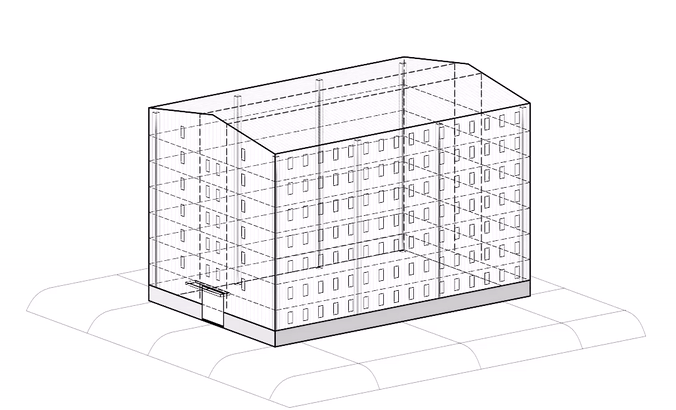
Air moves in the rickhouse through convective heat transfer: warmer air rises to the top and the cooler, denser air sinks to the bottom
But as Bourbon began booming in the new millennium, distilleries needed greater barrel storage capacity and urged rickhouse builders to create larger rickhouses. Engineers at Buzick Construction met the challenge by designing 56,000-barrel rickhouses for Heaven Hill. These doubled the capacity of the old, reliable houses, and would offer, the engineers believed, better airflow. The rickhouses were built with improved roof venting, more windows on every wall of the structure, and had wider spaces between the wooden ricks inside. The result was vastly increased airflow throughout the whole building.
Donald Blincoe, president of Buzick Construction, notes that the new rickhouses have “400 windows, catwalks beside each rick that are wider, and also wider walkways between the ricks.” In addition to more air moving around the barrels, rickhouse crews benefit from the widened aisles, which make maneuvering barrels easier.
No Control of the Weather … It’s a Good Thing!
Other than for gathering data on aging, humidity, and temperature at a few of our sites, there are no thermostats in any of Heaven Hill’s 59 rickhouses. Nature alone dictates how hot or cold the temperatures are inside. Except for the small collection of historic brick rickhouses at our Bernheim Distillery, all our rickhouses are sided with corrugated metal that allows summer heat and winter cold to penetrate easily. Inside the open-air buildings, the temperature can swing from below 0° F in winter to more than 100° F in just nine months.
[Learn more about the temperature changes inside our rickhouses]
Heaven Hill Master Distiller Conor O’Driscoll remarks that the brick warehouses create steadier climates than Heaven Hill’s rickhouses in at a location like Deatsville, where it’s brutally cold in the winter and brutally hot in the summer. “This means you can leave a whiskey in these brick warehouses for a longer period of time and age them more slowly. But out in the country, with the sun and wind constantly beating on those buildings, you get faster maturation, producing bigger and more diversity of flavor,” O’Driscoll said.
That high heat and deep cold is beneficial for whiskeys like our Rittenhouse Rye, O’Driscoll said, because “new make rye is incredibly big and strong to the point that it needs some character hammered into it. Weather does that. It’s good to have so many different styles of whiskey that benefit from picking up that barrel character at a faster rate.”
WHY SO MANY WINDOWS?
Rickhouse windows play the crucial dual role of allowing in warming sunlight and natural airflow. Each year in April, we send out crews to open all 11,768 windows in our 59 rickhouses. In October, they’re sent back to close them up. Here’s how the numbers break down over our seven sites:
Of those 11,768 windows there are …
- 4,500 at Cox’s Creek
- 306 at Deatsville
- 314 at Schenley
- 112 at Glencoe
- 1,764 at Bardstown (older houses)
- 1,272 at Bardstown (older houses)
- 3,500 at Bernheim
Opening all the windows at our five sites in and around Bardstown takes two employees 135 working hours per season & roughly 60 hours at Bernheim.
Our wide range of rickhouses also assist to create diversity in flavor. Not only does each unique building on our six rickhouse campuses produce varied whiskey characteristics, their position in the landscape will also impact how the liquids age within. Factors like building location (e.g. on top of a hill or at the bottom), direct sunlight exposure, and how they’re positioned against prevailing winds all affect the maturation process.
[Explore Heaven Hill Distillery’s different rickhouse locations]
“When you leverage multiple rickhouses of multiple types, you have the ability to make many unique brands from the same recipes,” O’Driscoll said. Heaven Hill, he added, produces numerous labels from only five mashbills.
“How do we make Bourbons as diverse as Evan Williams, Henry McKenna, Elijah Craig — with so much breadth and depth of flavor — from the same basic ingredients?” he remarked. “The answer is the open-air rickhouse design with multiple stories in each building …and then having 59 rickhouses in operation. Basically, different warehouses and different locations that allow us to age for different lengths of time. Then, when it comes time to bottle, it’s all about barrel selection — going through every part of the rickhouse and finding the exact flavors we’re looking for to contribute balance to each batch and consistency among our taste profiles. That’s the technique.”
Other Types of Rickhouses Not Used by Heaven Hill
The benefits of open-air rickhouses with no temperature control and no barrel rotation are so essential to Heaven Hill’s approach that it guides all future rickhouse construction and planning. The only plan as growth continues? More open-air rickhouses.
There are, of course, other approaches. Here’s a look at some of the styles employed by different distilleries.
Palletized warehouses: Though typically only two stories tall, these expansive buildings have the capacity to store tens of thousands of barrels. Forklifts are used to stack nine barrels on a wooden pallet, and then those are stacked atop one another, six or more pallets high. Unlike ricks, which hold barrels on their sides and leave lots of room for airflow, pallets require barrels to be stored on their heads and placed closely together.
Palletized warehouses have wide aisles that allow forklifts to maneuver easily throughout the building. In contrast, in Heaven Hill’s open-rick warehouses, each barrel is rolled by hand, with five-person crews then using a mechanical hoist to place the 500-pound barrel in the rick, one at a time.
[Learn more about the art of barrel rolling]
Modern versions of palletized warehouses are concrete walled and largely windowless. Instead of using the annual temperature changes to encourage interaction with the charred and caramelized wood, these warehouses are mechanically heated, allowed to cool, and then heated again. This mimicking of seasonal changes via heat cycling creates pressure changes inside the barrels and forces the spirit into the wood. Ultimately, the increased cycling speeds up maturation. While heat cycling does provide control over aging, O’Driscoll said the process is not the right fit for Heaven Hill.
“Palletized warehouses are extremely efficient, but while they produce good whiskey, it’s very homogenous whiskey,” O’Driscoll said. “If your distillery has just a brand or two, you want those to be highly consistent. And if your palletized warehouse has good airflow, you’ll get a very consistent product out of it.
“But…it’s not part of our approach to create that uniformity. We celebrate the variety that we get from letting the whiskey mature over a longer period and naturally in our rickhouses.”
Low Houses/Short Houses: These rickhouses are about one-and-a-half stories tall and also long and wide. Compared to a standard seven-story rickhouse—whose three-barrel ricks, if stacked one atop another, would stand 21 high—a low house is stacked just two barrels high. Therefore, barrels within these houses don’t experience the extreme temperatures found on higher floors of taller houses. The advantages of this are limited variability from barrel to barrel, and easy barrel access for workers.
Barrel Rotation: Long before rickhouses were built seven stories high, some distilleries rotated barrels between top and bottom floors to even out the effects of summer evaporation. This practice still occurs on a limited basis, but the majority of distilleries, Sonne and O’Driscoll said, avoid such labor-intense work and choose to balance their whiskeys’ flavors using other methods.
“Barrel rotation presents a lot of work for not much gain, and we don’t do it at Heaven Hill at all.” O’Driscoll said. “The likelihood of injury increases, as does the likelihood the barrels will leak after moving them around. Plus, we simply don’t need it. If your warehouse has good airflow and you’ve been tactical about how you put your barrels away, you should be able to build your batch from bottom, middle and top and get the consistent character you’re looking for.”

USING KENTUCKY’S FOUR DISTINCT SEASONS TO CREATE QUALITY, CONSISTENCY, & DIVERSITY
Sonne agrees, saying that knowing how rapidly or slowly whiskeys on each floor are maturing allows him to select specific percentages of barrels to be harvested from a wide range of locations. That, he said, is how Heaven Hill builds a portfolio that wins awards across a variety of categories.
But more importantly, it’s also how we create the high-quality and consistency that are the hallmarks of our distillery. With all those barrels in such a variety of locations across Bourbon country, we’re able to leverage what our now-retired Director of Communications Larry Kass called “an embarrassment of riches” to create better-tasting American Whiskey. Each floor of each rickhouse offers a different aging story, which can then be mingled to produce the exact balance we’re looking for.
For Heaven Hill, that’s reason enough to stick with traditional, non-temperature controlled open-air rickhouses, and allow the barrels to stay in one place over the years. The differences there as the temperatures change offer an essential benefit to how we age our whiskey and innovate with new products.
Because, after all, there’s more than one way to create consistency.
